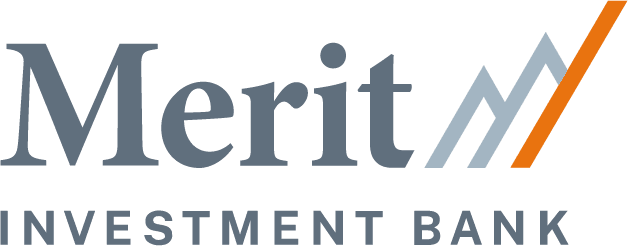The M&A process typically spans 6 to 12 months, depending on the complexity and readiness of both the business and potential buyers. Below is a phase-by-phase breakdown you can use to manage expectations and plan strategically.
1. Preparation Phase (1–2 months)
Objective: Get your business ready for market.
• Initial Consultation & Valuation Benchmark
- Meet with advisors to assess readiness
- Conduct a business valuation
- Benchmark against the market
• Documentation & Planning
- Prepare financials, operational data, legal documents
- Identify potential deal-breakers and resolve red flags
- Develop marketing materials (CIM, teaser)
2. Go-to-Market Phase (1–2 months)
Objective: Generate interest from qualified buyers.
• Buyer Targeting
- Identify strategic and financial buyer prospects
- Create a short list and begin outreach
• Confidential Marketing
- Send teaser under NDA
- Share CIM with qualified parties
- Conduct initial management calls or Q&A sessions
3. Indication of Interest (IOI) / Initial Offers (1 month)
Objective: Solicit and evaluate preliminary offers.
• Receive IOIs with valuation range and structure
• Evaluate buyer interest and strategic fit
• Select 2–4 top buyers to advance to diligence
4. Due Diligence & Letter of Intent (LOI) (1–2 months)
Objective: Dig into details and sign LOI with best-fit buyer.
• Due Diligence
- In-depth review of financial, legal, operational data
- On-site meetings and additional Q&A
• LOI Negotiation
- Finalize terms: price, structure, timeline
- Sign LOI and grant exclusivity
5. Final Diligence & Documentation (2–3 months)
Objective: Close the deal.
• Buyer performs confirmatory diligence
• Draft and negotiate the purchase agreement
• Finalize deal structure, earnouts, escrows
• Secure regulatory, board, or lender approvals
• Prepare for post-closing transition
6. Close & Transition (1 month)
Objective: Finalize sale and transition operations.
• Sign & close the transaction
• Conduct team and stakeholder communications
• Begin post-close integration or transition plan

0 Comments